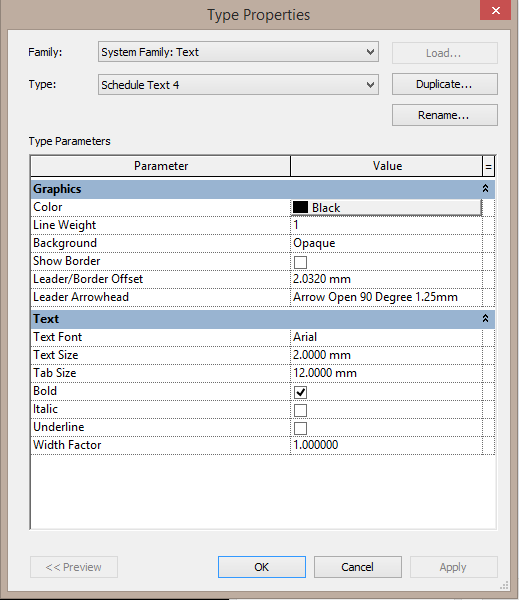


Textures and UV Wrappingĭatasmith imports the textures that you use in your Revit Materials into Assets, and places them in the Textures folder next to your Datasmith Scene Asset.Įach Material that uses a Texture Asset offers similar settings to the Revit Texture Editor to control the way the texture map is applied to the surface of the 3D object using the Material. You can open up this parent Material to see how each of the properties exposed in the Material Instance are wired together in the Material graph. This produces the same mesh resolution than with the Revit FBX Exporter:Įach of these Assets is a Material Instance, whose parent is the RevitMaster Material built in to the Datasmith plugin. Level 8 is the default level of tessellation. These levels are defined by the Revit API. You can also manually specify the level of tessellation for meshes that Revit creates from the Datasmith Export Settings panel. However, if you find these surfaces to be a problem in your Projects, you can try tools offered by the Unreal Editor for reducing the complexity of these meshes, such as the Proxy Geometry tool. In most cases, this produces adequate geometry for use in Unreal Engine. If two objects belong to the same family, and if they have exactly the same parameter values, then both objects are represented in the Datasmith Scene as instances of the same Static Mesh Asset.ĭatasmith relies on Revit's built-in tessellation services to create triangular meshes from your scene geometry. So, for example, if you move a floor up or down in the Unreal Editor, the height of the walls will not stretch or shrink to match the new location as it would in Revit. Parametric settings and constraints are not carried over into Unreal Engine. In all cases, the geometry of each Static Mesh Asset is set to match the dimensions of the Revit object at the time you export the file. Some elements, such as railings, may be broken down further into smaller Static Meshes when they are made up of smaller parts. In general, each element that you can select individually in the Revit scene is translated to Unreal as a separate Static Mesh Asset. High Quality settings, Lighting schemes, and so on).įor more information about controlling visibility in a Revit 3D View, see also Visibility and Graphic Display in Project Views in the Revit Help. Shaded Model Display, Cast Shadows, and so on) or the Camera > Rendering Settings (Draft vs. For example, it does not take into account the Graphics > Graphic Display Options set for the 3D View (Realistic vs. The Datasmith Exporter respects your choice of which objects are shown and which are hidden, but it does not take into account other settings that control the way the 3D View is drawn in the Revit viewport. You can use the Graphics > Visibility/Graphics Overrides to control the visibility of the different objects and object categories in your Level. Revit offers many tools and techniques for controlling the visibility of objects inside a 3D View.
#REVIT FONT BOX BACKGROUND FULL#
However, to take full control over the objects that you bring in to Unreal Engine, we recommend that you set up a new 3D View in Revit, and set up that view so that it shows only the objects that you need in your realtime visualization. You can use any 3D View that you already have in your Revit file. The visibility settings of that 3D View define what elements from the Revit file get included in the exported. You always need to have a 3D View selected and active in Revit in order to export your scene using the Datasmith Exporter plugin.
#REVIT FONT BOX BACKGROUND WINDOWS#
If you need to uninstall the Datasmith Exporter for Revit plugin, you can do this from the Control Panel, like any other Windows application. What do you want to do?" Click Always Load to confirm that you want the Datasmith Exporter plugin to be available each time you launch Revit. When you launch Revit after you installed the exporter plugin, you might see the following warning: "The publisher of this add-in could not be verified.


 0 kommentar(er)
0 kommentar(er)
